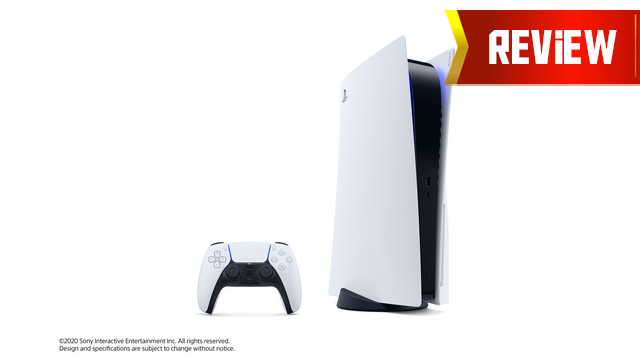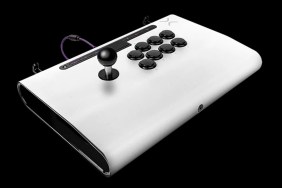The PlayStation 5 is less than a week from release, and we’ve spent the last two weeks diving into Sony’s latest console. The bold design of the PS5 is matched by excellent performance and a beautiful new UI. However, there are some aspects of the console that are rough around the edges. We dive into each aspect of the hardware in our…

Atlas is an action-rpg with rogue-like elements where you use your ability to control the ground to fight the enemies and move through procedurally generated worlds.










